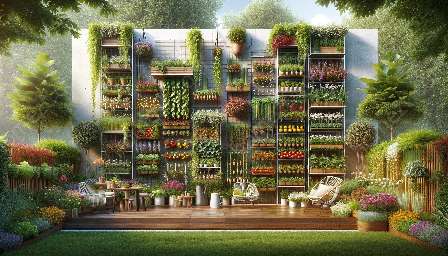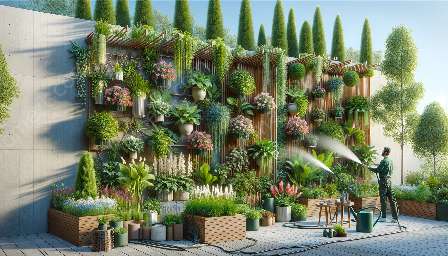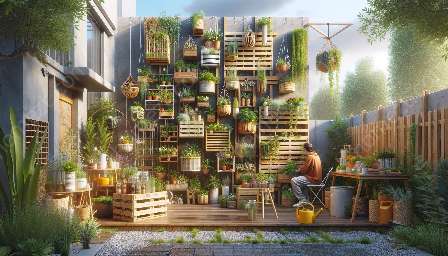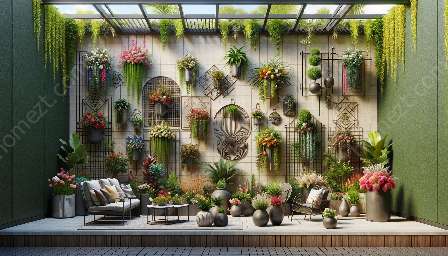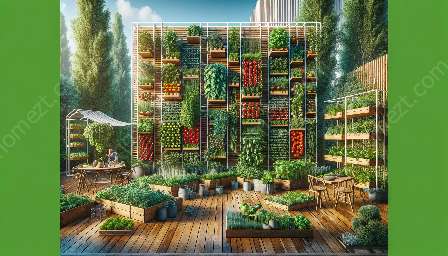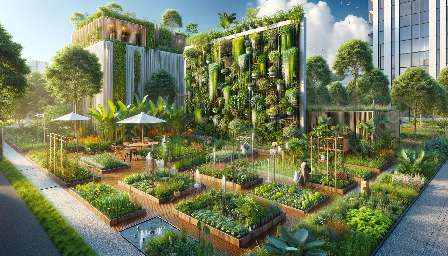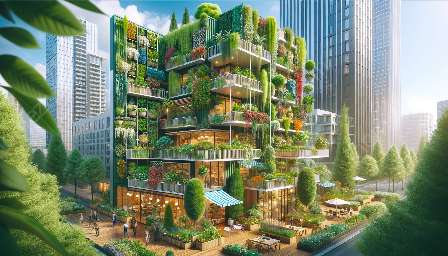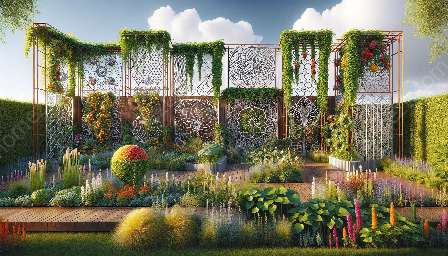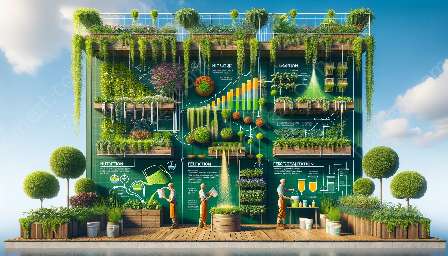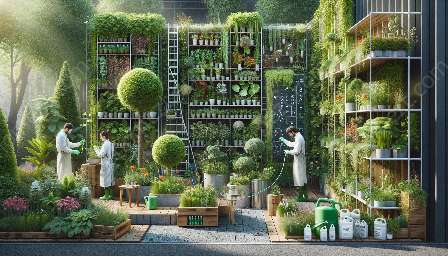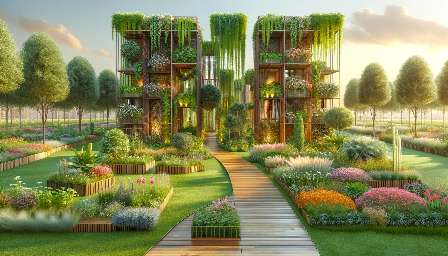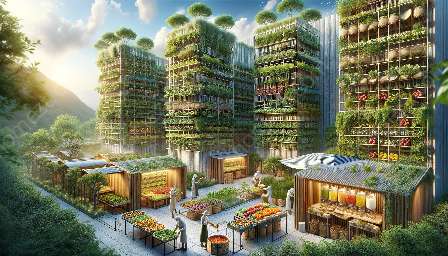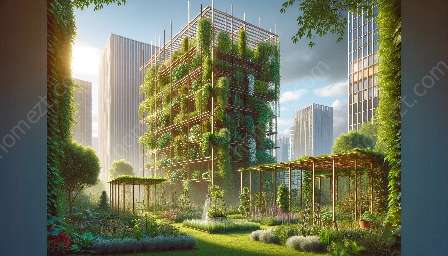Urban living often presents limited space for traditional gardening, but with vertical gardening and trellises, individuals can transform their living spaces into flourishing green oases. In this topic cluster, we will delve into the techniques, benefits, and practical applications of vertical gardening in urban areas, exploring how it relates to trellises and garden innovation.
The Rise of Vertical Gardening
With the increasing urbanization and limited outdoor space in cities, the concept of vertical gardening has gained popularity as a sustainable and innovative approach to cultivate plants in an upward direction rather than the traditional horizontal layout. Vertical gardens are not only a solution for space constraints but also offer numerous environmental and aesthetic benefits.
Benefits of Vertical Gardening in Urban Areas
1. Space Optimization: Vertical gardening allows urban dwellers to maximize their available space by utilizing walls, balconies, and rooftops for planting, thereby transforming unused areas into vibrant green spaces. This practice is especially beneficial for those living in apartments or condos with limited outdoor space.
2. Improved Air Quality: By introducing more greenery into urban environments, vertical gardens help combat air pollution and mitigate the urban heat island effect. Plants naturally filter pollutants and release oxygen, contributing to cleaner and healthier air for urban residents.
3. Aesthetic Appeal: Vertical gardens enhance the visual appeal of urban areas, adding a touch of natural beauty to concrete jungles. The vibrant colors and textures of plants cascading down walls or hanging from trellises create a visually striking contrast against the urban landscape.
Utilizing Trellises for Vertical Gardening
Trellises are essential components of vertical gardens, providing structural support for climbing plants and creating a visually appealing framework for greenery to thrive. These versatile structures come in various materials, such as wood, metal, or PVC, and can be customized to suit different design preferences and plant varieties.
Selecting Suitable Plants for Vertical Gardening
When embarking on a vertical gardening project, it is crucial to choose plants that are well-suited for vertical growth. Climbing plants, such as ivy, jasmine, and climbing roses, are ideal choices as they naturally tend to grow upwards, making them well-adapted to vertical gardening environments. Additionally, certain vegetables and herbs, such as tomatoes, cucumbers, and mint, can thrive in vertical setups when provided with proper support and care.
Implementing Vertical Gardening in Urban Settings
1. Assessing Available Space: Before initiating a vertical gardening endeavor, urban residents should assess their available space and determine the most suitable areas for vertical installations. Factors such as sunlight exposure, water accessibility, and structural stability need to be taken into consideration to ensure successful growth.
2. Choosing the Right Trellis: Selecting the appropriate trellis design and material is crucial for the success of vertical gardens. Factors such as the weight of the plants, wind exposure, and aesthetic preferences should guide the selection process.
3. Maintenance and Care: Regular maintenance, including watering, pruning, and monitoring for pests, is essential to sustain healthy growth in vertical gardens. Adequate care and attention will ensure the longevity and vibrancy of the garden.
Innovation in Urban Gardening
Vertical gardening represents a form of innovation in urban gardening, offering a creative and sustainable way to integrate greenery into urban landscapes. This approach not only facilitates personal horticultural endeavors but also contributes to broader environmental conservation and urban beautification efforts.
Community Impact and Engagement
As the popularity of vertical gardening grows, it has the potential to foster community engagement and collaboration in urban areas. Community gardens, shared vertical installations, and educational initiatives can bring people together, promoting a sense of environmental stewardship and interconnectedness.
Conclusion: Embracing Vertical Gardening in Urban Areas
Vertical gardening and trellises offer a pathway to reimagine urban spaces and create harmonious coexistence between nature and human habitats. By embracing these innovative practices, urban dwellers can cultivate thriving gardens, invigorate their surroundings, and contribute to a greener, more sustainable urban future.

